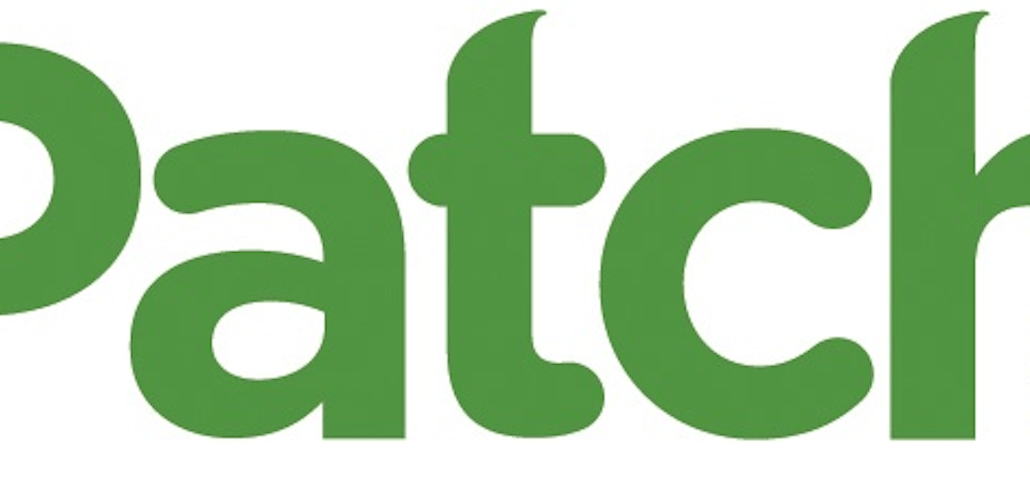Save 50% on a 3-month Digiday+ membership. Ends Dec 12.

At its peak in 2013, hyperlocal news network Patch had all the trappings of a Web startup: Employees got lavish expense accounts, and the headquarters in New York’s Chelsea neighborhood was equipped with a game room and even a colonial-style tavern, Jimmy Q’s Publick House.
Today, the beer taps are dry and the pool tables are gone, along with most of the perks that employees enjoyed. But a year after AOL sold the struggling division to investment firm Hale Global, its new owners say the stripped-down Patch is profitable, evidence that there’s actually a business model for hyperlocal news. The company said it took in $17 million in revenue and was profitable in 2014.
“We’ve gone from a company that’s lost hundreds of millions of dollars to holding its own,” said Warren St. John, Patch’s editor-in-chief, a former reporter for The New York Times.
First, Patch had to rein in expenses. AOL spent $300 million building 900 Patch sites filled with local bulletins about school closings, crime, sports and the like. At its height, the division employed more than 1,000 people. Now, Patch is down to 123 staffers, including 70 in editorial.
Next, Patch had to revamp the advertising strategy. Selling ads to mom-and-pop businesses was too labor-intensive for the amount of revenue they generated. So Patch required that advertisers spent at least $5,000, which got rid of unprofitable advertisers, and started going after regional and national marketers. Last year, it won business from advertisers including Bank of America, Home Depot and Disney.
Keeping traffic up with a leaner staff was another challenge. Hyperlocal was always Patch’s proposition. But with fewer staffers to feed the local Patches, Patch tried to boost traffic by identifying stories with viral potential and running them across the sites. “It was nearly catastrophic,” St. John said. “Our readers hated it, and they let us know. They craved local traffic.”
He ended the viral experiment last summer and returned to a wholly local focus. Patch’s sweet spot is quick, high-impact posts; one of St. John’s initiatives is to go into overdrive when a lost pet is reported. “We go into SWAT team mode,” he said. “In the past six months, we’ve found two miniature donkeys and one parrot.”
Since the viral experiment ended, traffic has grown 45 percent to 14.6 million monthly uniques, according to Google Analytics. (For its part, comScore shows that since AOL sold it, Patch’s traffic declined sharply to 3 million uniques in August from 15 million at the time of the sale, but that traffic has climbed to 5 million uniques in December.) In another positive sign, people also are returning more; monthly sessions are up 62 percent to 32 million in that same time, according to Google Analytics.
Keeping up the momentum will be a tall order considering each editorial staffer oversees eight Patches on average. St. John keeps a close eye on a dashboard that monitors the daily performance of each Patch and looks for ways to replicate successes across the network.
Patch isn’t out of the woods on the revenue front yet. Like other publishers, it’s under pressure to diversify its ad base beyond display ads, with their declining CPMs. Part of the strategy is to grow its national advertising. There’s appetite there; national’s share of local media ad spending is growing and will account for 34 percent of the $149 billion local ad market by 2017, projected BIA Kelsey.
“Most national advertisers realize their businesses aren’t national,” said Ray Chelstowski, CEO of the Newspaper National Network. But, he added, “It’s a lot easier to target than it ever has been, and they’ve got a lot of competition. There are 9,000 newspaper websites that are tied to much larger staffs.”
For 2015, Patch plans to test and introduce new ad products that help national and local advertisers tap into that reader loyalty, or that essence that its owners call “Patchy.” “Patch hasn’t sold what makes Patch special,” Charles Hale, the founder of Hale Global. “We’re selling an emotional connection to the community. The goal is to have new products and ways to monetize Patch.”
Homepage image courtesy of webscripts.softpedia.com.
More in Media

Meta enters AI licensing fray, striking deals with People Inc., USA Today Co. and more
The platform has secured seven multi-year deals with publishers including CNN, Fox News, People Inc., USA Today Co to incorporate their content into its large language model (LLM) Llama.

European publishers say the Digital Omnibus ‘cookie fix’ leaves them worse off
The European Union’s attempt at a legislative spring clean for Europe’s web of data privacy rules, has landed flat with publishers.

Digiday+ Research Subscription Index 2025: Subscription strategies from Bloomberg, The New York Times, Vox and others
Digiday’s third annual Subscription Index examines and measures publishers’ subscription strategies to identify common approaches and key tactics among Bloomberg, The New York Times, Vox and others.





